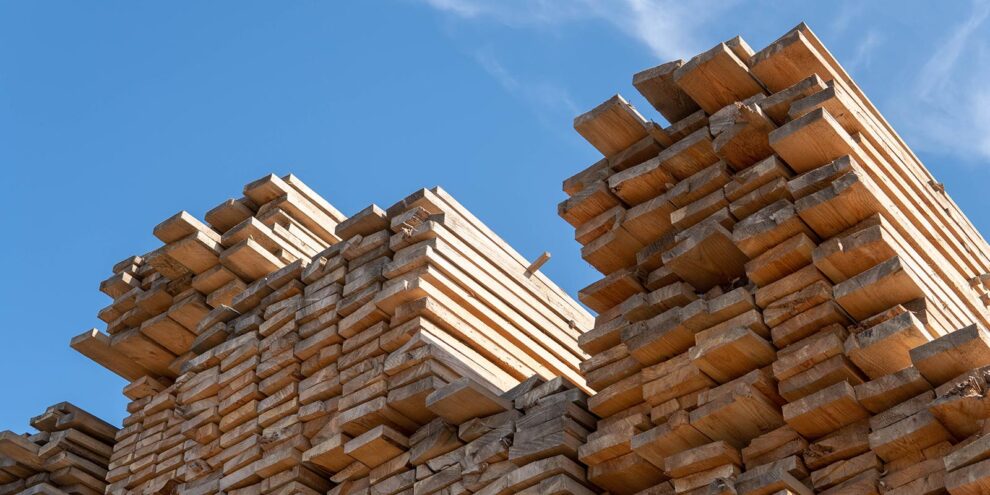Recently, I participated on a panel at a timberland investment conference about pulpwood markets in the U.S. South. While the region enjoys abundant forest resources and dozens of new wood-using mills, it has also seen the closure (or conversion) of 11 pulp and paper mills over the past five years. The discussion highlighted the value of understanding the “riskiness” of wood-using facilities in each local timber market.
In Timber Market Analysis (TMA), we teach a process for testing ideas and making forest investment decisions. When analyzing timber markets and wood baskets, a key topic is the risk and viability of nearby wood-using facilities. Timberland investors want to confirm that announced mills get built and existing mills remain open. Procurement managers want to assess the health of current and potential competitors for wood. And new wood-using projects – such as greenfield sawmills or bioenergy projects – want to confirm the sustainability of timber supplies and markets for residuals.
Process for Evaluating Mill Risk
We have found that the systematic application of simple screens can clarify decisions and risk when ranking options. Next time you need to assess the viability of existing or announced wood-using mills, start with the following tests:
- End markets. Are the end markets – such as newsprint versus fluff pulp versus OSB – served by the mill strong or weak? The answer to this question is knowable and answerable with readily available, public data and information. Simply understanding whether an end market is growing and profitable or shrinking and struggling provides a powerful, first-cut at stacking mills in a market.
- Firm commitment. Ultimately, are the corporate parent and owners demonstrating high or low commitment to the continued operations of the mill or completion of the project? We maintain a checklist that, for the most part, is answerable with publicly available info related to, for example, employment levels and hiring activity, signs of community involvement, and capital allocation as disclosed in press releases or public filings.
- Facility health. Is this facility, in its structure and equipment, old or new? Does it employ cutting edge technology? What is the “ability to pay” for raw material? How efficient is the plant relative to others in its sector? While the most difficult of the three categories to assess, strong conclusions on “end markets” and “firm commitment” typically correspond with conclusions associated with facility health. In this way, each category serves as a proxy for the others.
The analysis and the decisions for capitalizing mills and acquiring timberlands remind us to “know what is knowable” and confirm the limitations and constraints of the local market relative to our objectives.
This content may not be used or reproduced in any manner whatsoever, in part or in whole, without written permission of LANDTHINK. Use of this content without permission is a violation of federal copyright law. The articles, posts, comments, opinions and information provided by LANDTHINK are for informational and research purposes only and DOES NOT substitute or coincide with the advice of an attorney, accountant, real estate broker or any other licensed real estate professional. LANDTHINK strongly advises visitors and readers to seek their own professional guidance and advice related to buying, investing in or selling real estate.










Add Comment